Here’s a quickie of a post, at least until I can properly test it. Wahoo has announced their own free-riding version of their climbing metrics, akin to Garmin’s free-ride ClimbPro and Hammerhead’s free-ride CLIMBER. This allows you to ride without any course/route loaded, and get climb metrics, including distance/gradient to the top of the climb, as well as estimated time to the top of the climb.
This update will be available for the Wahoo ELEMNT ROAM V2 and BOLT V2, starting Tuesday May 2nd, 2023. Till then, you can keep re-reading and refreshing this page and the video to get your fill.
At a high level, the core Summit Freeride features are:
– Detects climbs automatically as you ride, no course required (expanding on their previous Summit course mode)
– Shows current gradient, current climb time
– Shows upcoming grade profile
– Shows vertical to go, distance to go, average grade of the CLIMB, estimated time remaining
– Customization of which climb categories are triggered
Now, looking at the above list, all of those features are largely the same as their competitors. However, there are four notable differences that are executed better than others (or the others simply don’t have):
– Shows chevrons on the map page illustration the climb portion of the road/trail
– Now shows steeper and shorter climbs than others
– Allows you to place Summit data fields on any data page, not just limited to a pre-canned one
– Shows upcoming elevation profile beyond the top of the climb
In particular, on the gradient thresholds– Wahoo’s existing climb triggers for climbs at 500m in length AND at least 3% average gradient. This is in the ballpark of what Garmin (500m/3%) and Hammerhead (400/3%) already do.
However, the new update will also now trigger for shorter climbs from 400m at 3%, scaling down to 250m with 7% average gradient. That’s super useful for the short-steep-sucky climbs on the road, but also off-road where MTB climbs can often be shorter in length.
Configuration Options:
First up, quickly stepping through the options you’ve got on configuration. By and large, you can just take the defaults and go. There’s nothing more to do except update the unit to the new firmware (once it comes out May 2nd) and start riding. In doing so, you’ll see the added data fields on the main Summit Segments data page:
You’ll notice you’ve also got the Summit configuration options for which climbs will detect. If you live in the mountains for example, some of the ‘medium’ climbs might not be your cup of tea, so you can exclude those.
However, the real benefit in configuration is adding the Summit data fields to other data pages of your own. For example, I took a data page I created a long time ago called “Power Wow”, which was just some power fields. In this case, I went in and I added two more Summit-related data fields to the bottom. What’s cool here is that if I’m not on a climb, these data fields go away entirely – they don’t clutter up the screen/space.
Now with that, let’s head out into the wild.
Out Riding:
Now, no better way to show this than a simple and quick video with an actual climb showing the screen recording on not just the Wahoo ROAM V2, but also the Garmin Edge 840 and Hammerhead Karoo 2 – all side by side.
As you approach the climb you should get a warning about 150m out. In my case, that didn’t trigger, perhaps because I wasn’t on the lead-up road long enough, or whatever make be the case. Once you cross the threshold though, you’ll get a note to ‘CLIMB!’.
At that point, you’ll see a full slate of climb details on the Summit Segment page, as seen below. Notably, you’ll also get Strava Live Segment information shown along the bottom too:
For the most part, the above is pretty darn similar to their competitors – I talk through that in real-time in the video. Wahoo triggered in the same rough ballpark as Garmin & Hammerhead for this particular climb. And all three ended at slightly different points from the kinda flat-top ending area. Meaning, it wasn’t a really crispy ending point, thus, they all chose different spots to call the climb ‘done’. This is what we’ve long seen with these technologies, even in course mode. The definition of when a climb starts differs even in real-life between actual people, so it’s somewhat natural for companies to have different thresholds as well.
Now there are some added nice touches. Wahoo will also show both upcoming and current climbs on the map using chevrons. A reddish color for upcoming ones, and green for current ones (plus orange for Strava Live Segments), indicating exactly where the climb starts/ends:
Additionally, Wahoo will continue to show an up-ahead look at the road elevation profile, even once the climb is completed. So this not only shows it approaching the climb, but also down the road (or up the road) beyond the top of the hill. This is a super nice touch:
Like Hammerhead, they also show a list of completed climbs, even in free-style mode. Garmin doesn’t seem to show this anywhere except post-ride.
On the downside, there isn’t any way to see average gradient remaining – just the average gradient for the entire climb (start to finish, regardless of where you are). Additionally, I tried two other climbs that theoretically would have met Wahoo’s lower threshold, and neither triggered. One did actually trigger Garmin’s threshold (but not Hammerhead’s).
Again, this is an area where I just need more time/climbs to see if there’s a pattern to be had there beyond a single quick ride.
Wrap-Up:
As I’ve said many times before, Wahoo is rarely first to do something these days. Anything really. However, when they do finally do it, they usually do it slightly better than others. One could say they give features ‘more thought’ than some of their competitors, even if that thought somehow takes years of thinking. But that nuance is often super well executed. We saw it with Strava Live Segments (better than Garmin’s implementation), and with bike GPS to watch integration on the Wahoo RIVAL (better than Garmin’s Extended Display).
And that’s mostly true here with Summit Freeride, with a number of elements that are better than anyone else. The fact that I can take these climb page data fields and stick them on any page? Very cool. The fact that it scales down to climbs as short as 250m if they’re a bunch steeper? Very cool. And the fact that the upcoming elevation profile page stays on ‘beyond’ the top of the hill in free-ride mode? Again, very cool.
That said, it’s also not perfect. For example, Garmin’s free-ride ClimbPro detected one climb that Wahoo didn’t – despite Wahoo’s lower thresholds. Additionally, Wahoo is somehow missing a ‘gradient remaining’ data field – arguably one of the most useful fields there is (the current field only shows average gradient of the entire climb).
Now, three Summit areas I just don’t have enough data/time on yet are:
– How does the climb start triggering points look over a wide variety of climbs/locations?
– How does the underlying road/map gradient data look (accuracy-wise) over a wide variety of climbs?
– How does it handle road/route splitting mid-climb? Is it based on popularity data, or…?
These are two specific areas that Garmin (trigger points) and Hammerhead (underlying map gradient data) have issues with on their free ride implementations. And I simply need more riding to these out – same goes with route/road splitting.
The good news there though is that as you read this, I’m literally boarding a plane to a locale with plenty ore climbing (like the second this post goes live the plane starts boarding). So I’ll be putting this to the test over the coming days, alongside gradient reaction time as I’ve been doing recently for the Edge 540/840 units in those reviews. All of which should result in a nicely refreshed ‘Best Climbing GPS’ post/video shortly.
With that – thanks for reading!
Found This Post Useful? Support The Site!
Hopefully you found this review useful. At the end of the day, I’m an athlete just like you looking for the most detail possible on a new purchase – so my review is written from the standpoint of how I used the device. The reviews generally take a lot of hours to put together, so it’s a fair bit of work (and labor of love). As you probably noticed by looking below, I also take time to answer all the questions posted in the comments – and there’s quite a bit of detail in there as well.
If you're shopping for the Wahoo ELEMNT ROAM V2/2022 or Wahoo ELEMNT BOLT V2/2021 or any other accessory items, please consider using the affiliate links below! As an Amazon Associate I earn from qualifying purchases. It doesn’t cost you anything extra, but your purchases help support this website a lot. Even more, if you use Backcountry.com or Competitive Cyclist with coupon code DCRAINMAKER, first time users save 15% on applicable products!
And finally, here’s a handy list of accessories that work well with this unit (and some that I showed in the review). Given the unit pairs with ANT+ & Bluetooth Smart sensors, you can use just about anything though.
And of course – you can always sign-up to be a DCR Supporter! That gets you an ad-free DCR, access to the DCR Quarantine Corner video series packed with behind the scenes tidbits...and it also makes you awesome. And being awesome is what it’s all about!
Thanks for reading! And as always, feel free to post comments or questions in the comments section below, I’ll be happy to try and answer them as quickly as possible. And lastly, if you felt this review was useful – I always appreciate feedback in the comments below. Thanks!
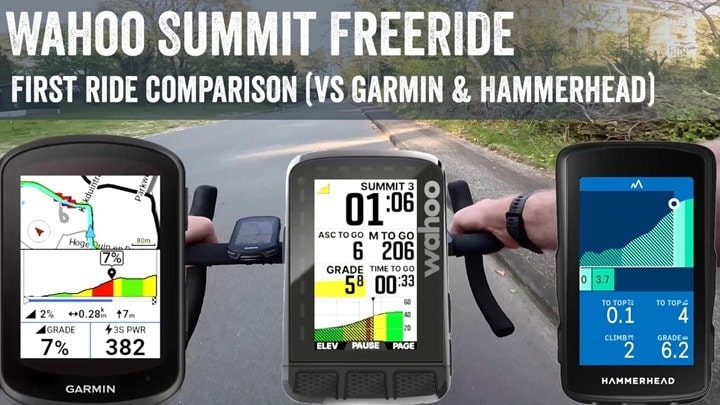
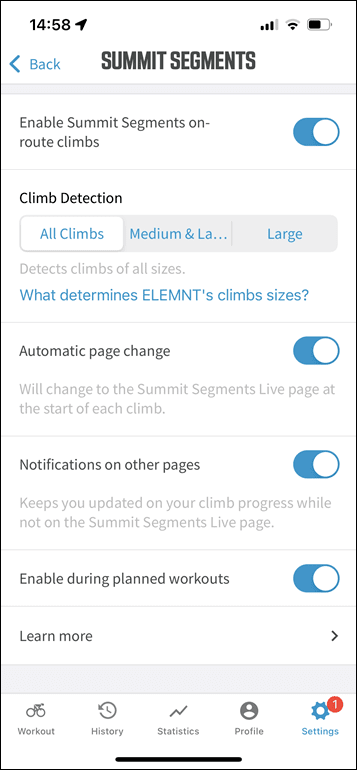
![clip_image001[5] clip_image001[5]](https://media.dcrainmaker.com/images/2023/04/clip_image0015_thumb-2.png)
![clip_image001[9] clip_image001[9]](https://media.dcrainmaker.com/images/2023/04/clip_image0019_thumb-1.png)
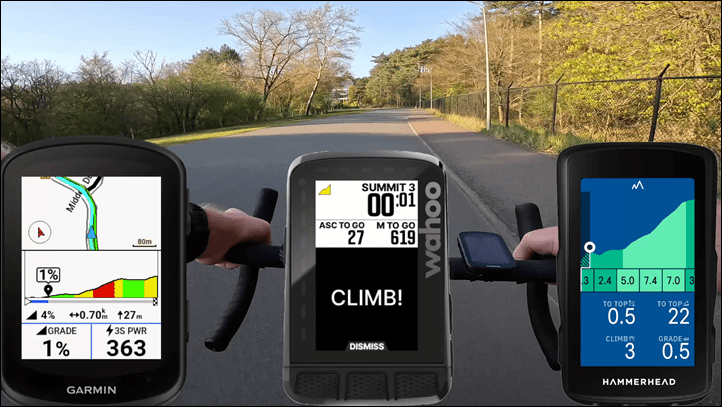
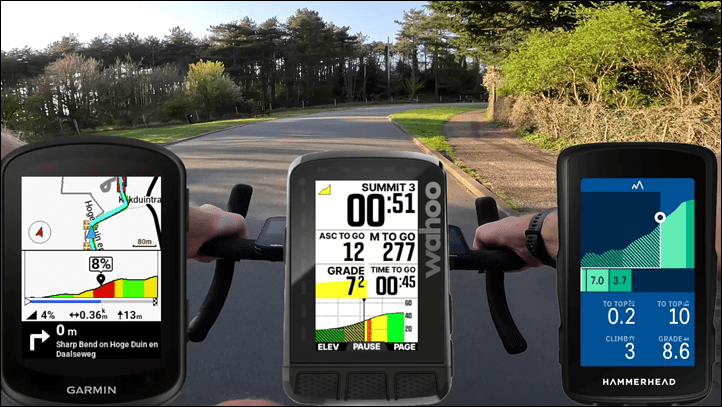
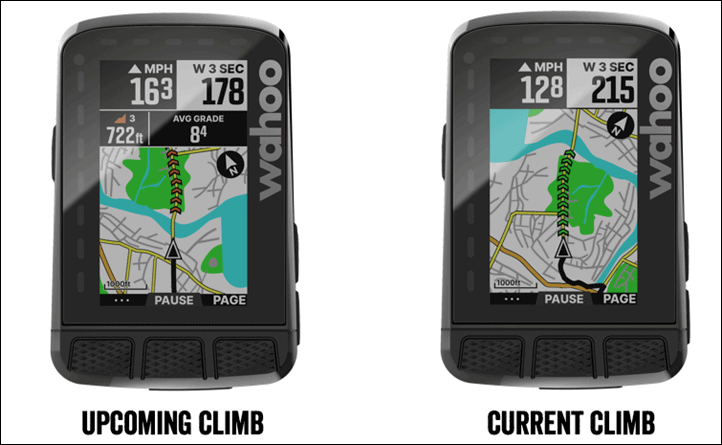
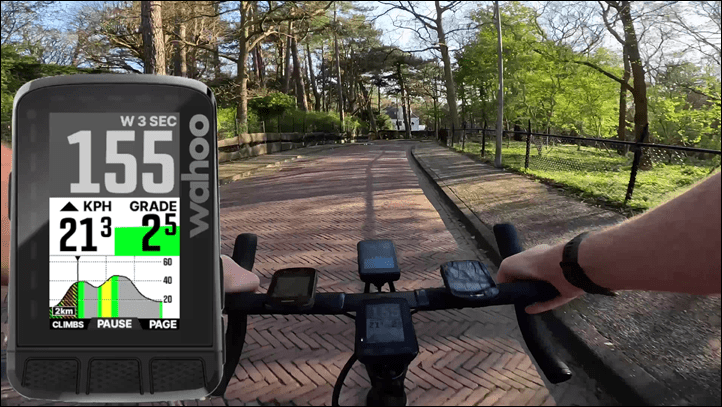
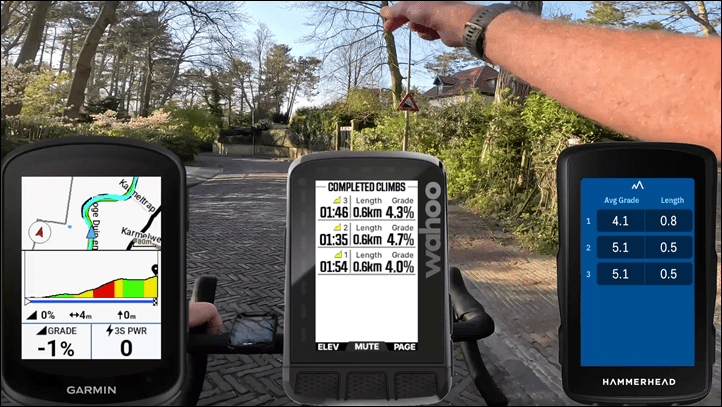
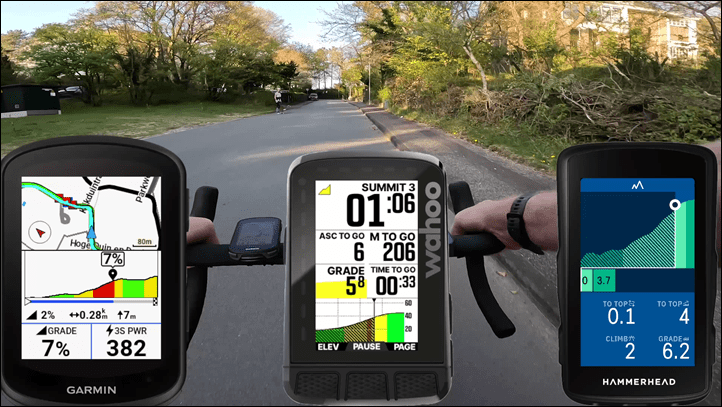

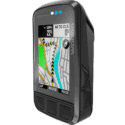





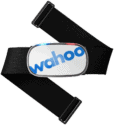

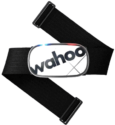

0 Commentaires